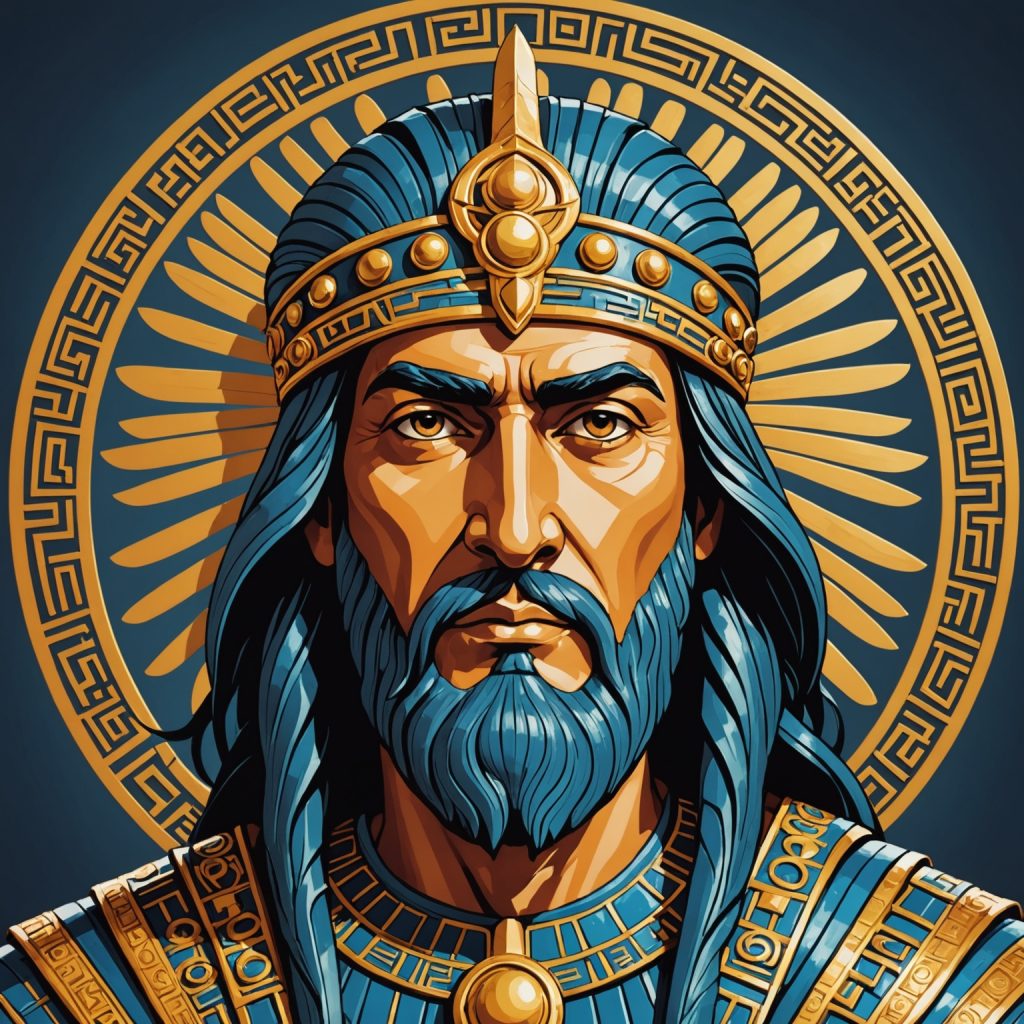Enlil is a prominent deity in ancient Mesopotamian religion, particularly within the Sumerian, Akkadian, Babylonian, and Assyrian traditions. He is one of the most powerful gods in the Mesopotamian pantheon and is often regarded as the god of wind, air, earth, and storms. Enlil’s name can be translated as “Lord Wind” or “Lord Air.”
He is considered a chief deity in the Sumerian pantheon, second only to An (Anu), the sky god. Over time, Enlil took on a more dominant role, becoming the head of the pantheon in many traditions. He resided in the Ekur temple in the holy city of Nippur, which was considered the spiritual center of Mesopotamia.
Enlil was thought to have control over the fates of humans and gods alike. As a creator god, he played a crucial role in the creation of the world and humanity but was also responsible for great acts of destruction, including sending the Great Flood to cleanse the earth of humanity’s corruption (a theme echoed in later flood myths, such as the biblical Noah story).
He is often depicted as a stern, authoritative figure—powerful, judgmental, and often distant. Though benevolent in his creative role, he could also be harsh, punishing humans for transgressions.
Enlil’s consort is Ninlil, goddess of the air, and together they have several important divine offspring, including Nanna (Sin), the moon god. Enlil’s legacy is deeply interwoven with the structure of ancient Mesopotamian religion, kingship, and cosmology, where he was revered as a divine ruler and lawgiver.
